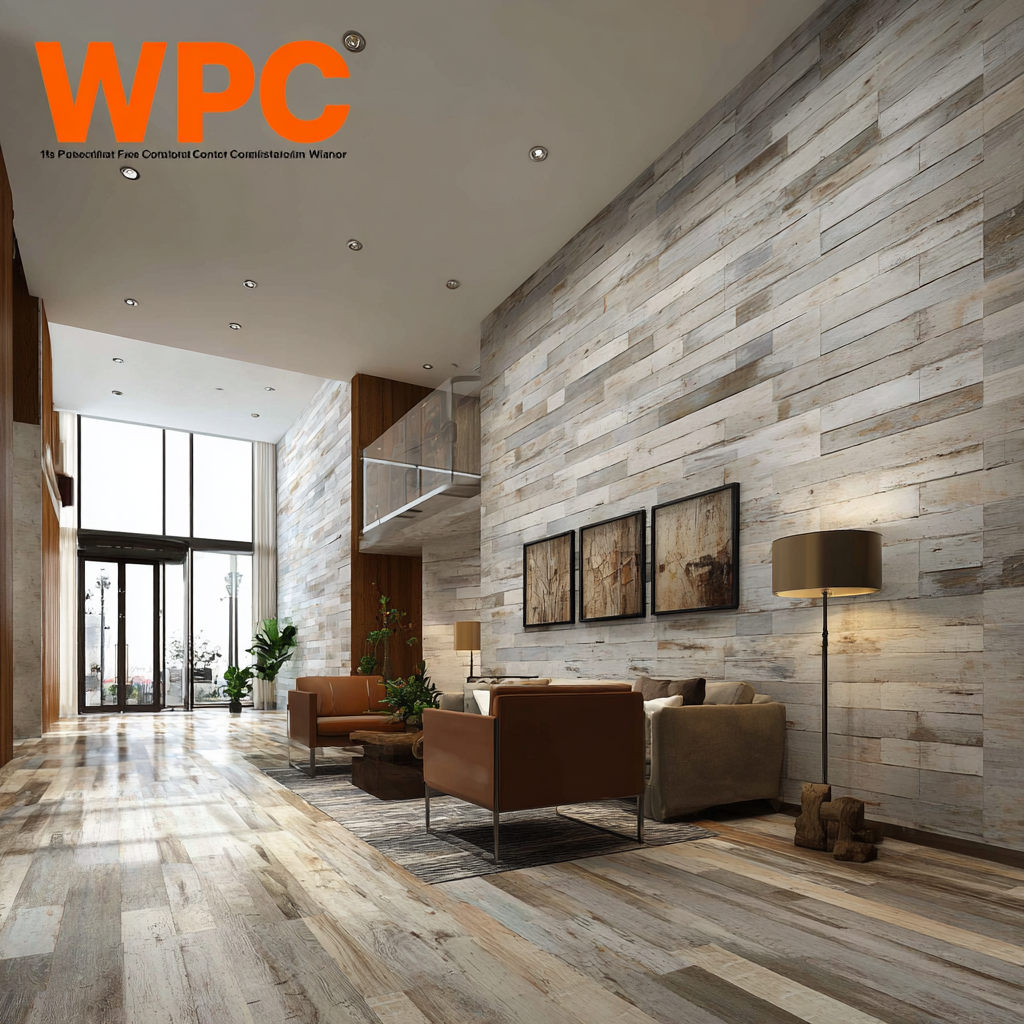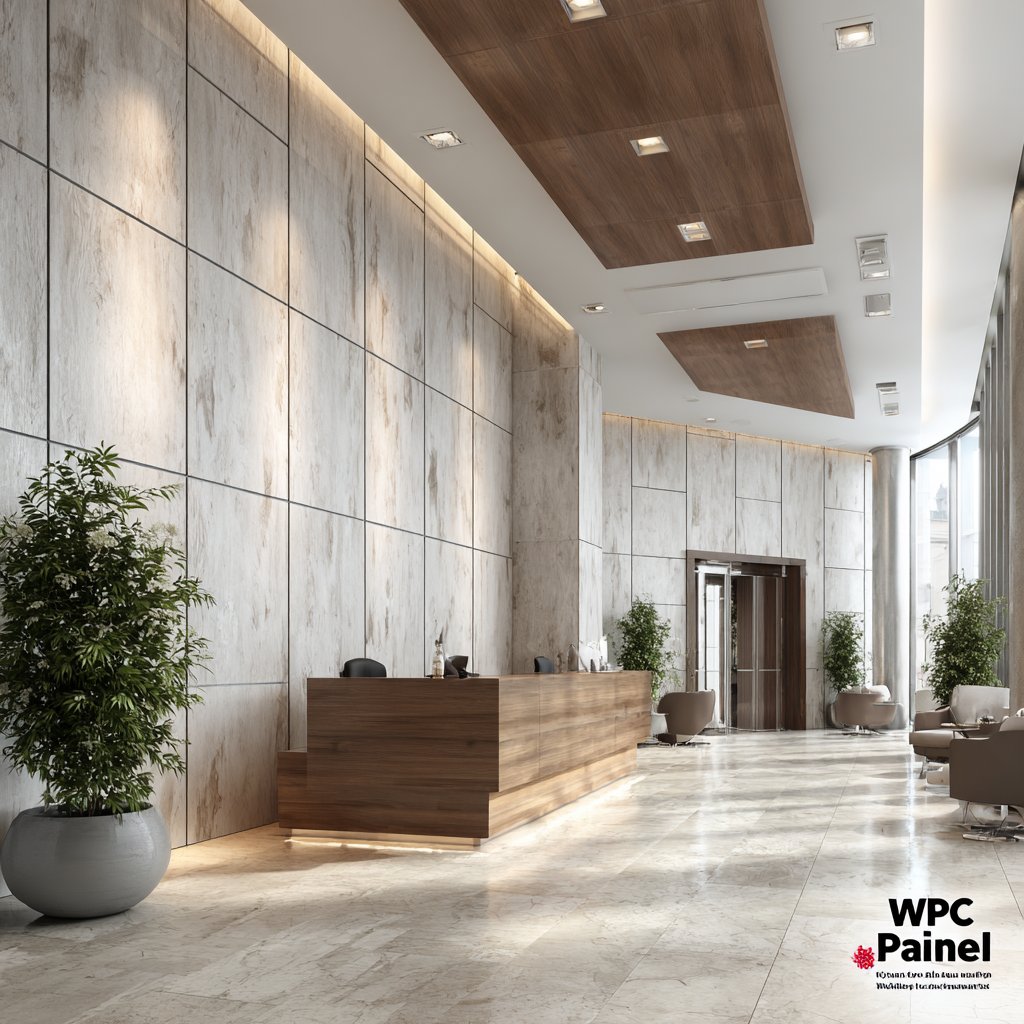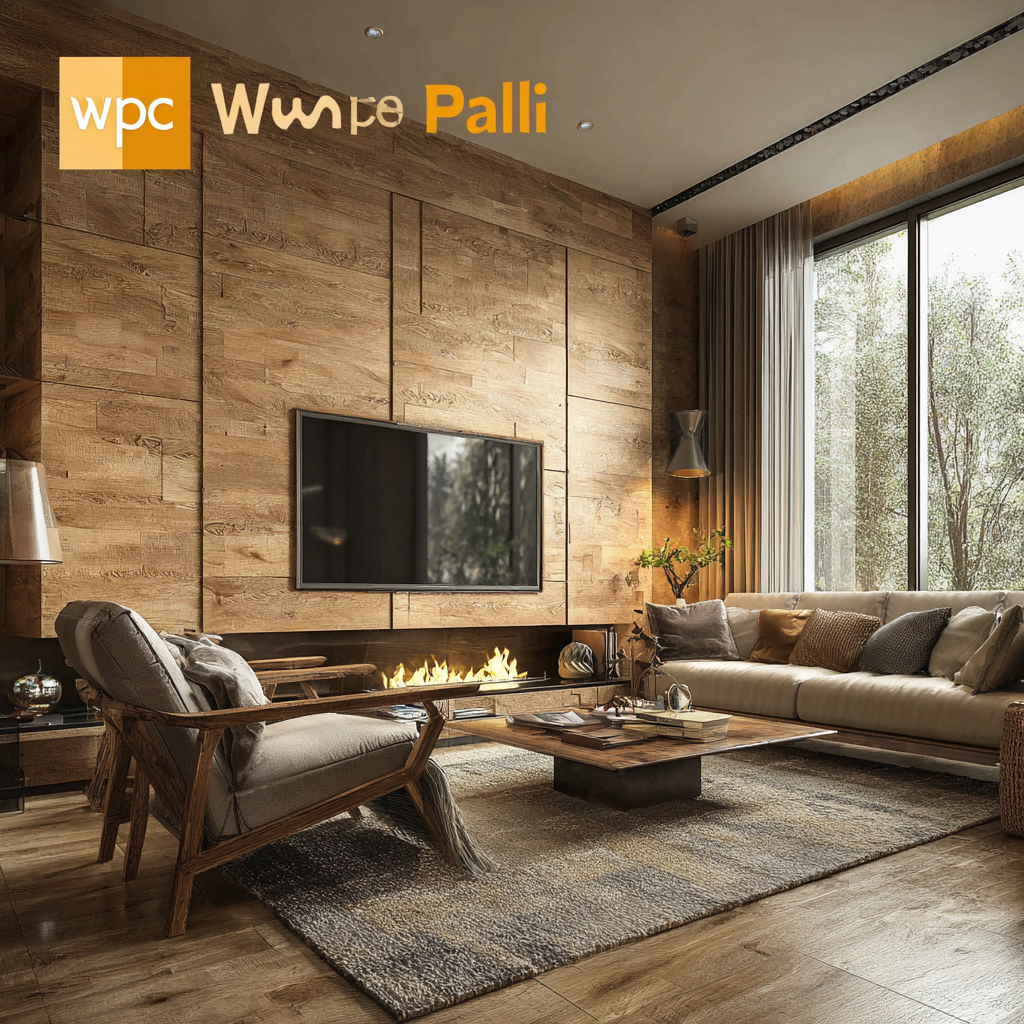Leave Your Message
In the ever-evolving landscape of modern construction, the choice of materials plays a pivotal role in determining the sustainability, aesthetic appeal, and overall functionality of a building project. Among the various options available, WPC (Wood Plastic Composite) Wall Panels have emerged as a preferred choice for architects and builders alike. This blog will explore the top reasons why WPC Wall Panels stand out in today's construction industry. From their remarkable durability and resistance to environmental factors, to their low maintenance requirements and aesthetic versatility, these panels offer an innovative solution that aligns with contemporary design philosophies. As we delve into the key attributes of WPC Wall Panels, it will become clear why they are not just a trend, but rather a sustainable choice for the future of construction.

WPC (Wood Plastic Composite) wall panels are increasingly being adopted in modern construction due to their unique combination of durability, aesthetic appeal, and environmental benefits. These panels are made from a mixture of wood fibers and thermoplastics, resulting in a material that is resistant to moisture, termites, and decay. According to a report by Grand View Research, the global WPC market is projected to reach USD 6.6 billion by 2027, reflecting a compound annual growth rate (CAGR) of 11.3% between 2020 and 2027. This growing market signifies a shift towards sustainable building materials that do not compromise on style or functionality.
One of the key drivers of WPC wall panel popularity is their versatility in design. Architects and builders can choose from a variety of textures and finishes to create visually appealing interiors and exteriors. Recent industry surveys indicate that over 45% of construction professionals favor WPC materials for their ease of maintenance compared to traditional wood options. Additionally, WPC wall panels contribute to energy efficiency by providing superior insulation properties, making them an environmentally responsible choice in line with the global push for sustainable construction practices.
WPC wall panels have emerged as a popular choice for modern construction due to their impressive durability, aesthetics, and sustainability. These panels are made from a combination of wood fibers and plastic, providing a robust structure that can withstand harsh weather conditions and resist decay. Homeowners appreciate the longevity of WPC products, which translates to lower maintenance costs over time.

As the global construction industry evolves, the demand for innovative materials like Wood-Plastic Composites (WPC) has surged. Recent market insights reveal a significant growth trend in the WPC sector, driven by increasing environmental awareness and a push for sustainable building practices. WPC wall panels, known for their durability and aesthetic appeal, are becoming the preferred choice among architects and builders. These materials not only mimic the look of natural wood but also provide resistance to moisture, insects, and rot, making them ideal for both indoor and outdoor applications.
Projected demand for WPC products is expected to rise steadily due to their eco-friendly characteristics and versatility. With urbanization and infrastructure development on the rise, particularly in emerging markets, the construction industry is leaning towards materials that offer both performance and sustainability. The shift towards green building solutions is fostering innovation within the WPC industry, leading to enhanced product offerings that cater to diverse consumer needs. As a result, WPC wall panels are poised to capture an even larger share of the construction materials market in the coming years.
| Region | Market Size (USD Billion) | Growth Rate (CAGR %) | Projected Demand (Million Sq. Meters) | Key Applications |
|---|---|---|---|---|
| North America | 3.5 | 7.4 | 150 | Residential, Commercial |
| Europe | 2.8 | 6.9 | 120 | Outdoor Decking, Interior Walls |
| Asia-Pacific | 4.0 | 10.2 | 200 | Building Facades, Flooring |
| Latin America | 1.0 | 5.3 | 50 | Industrial, Infrastructure |
| Middle East & Africa | 0.7 | 4.5 | 30 | Fencing, Landscaping |
The rise of WPC (Wood Plastic Composite) wall panels has sparked a transformative shift in modern construction, particularly when compared to traditional building materials like PVC, polypropylene (PP), and polyethylene (PE). A recent market analysis reveals that WPC panels are increasingly favored for their durability and low maintenance requirements. For instance, reports indicate that the global WPC market is expected to grow at a CAGR of over 10% from 2023 to 2028, driven by the demand for sustainable building materials.
In infrastructure applications, WPC panels provide an ideal solution through their resistance to moisture, decay, and insect damage. Unlike traditional wood, which requires regular treatment and maintenance, WPC panels can be used in environments ranging from residential to commercial buildings without compromising aesthetic appeal or functionality. Furthermore, insights from the Asia-Pacific region highlight a significant adoption rate of WPC panels in urban construction, stemming from strict regulations on deforestation and an increasing focus on eco-friendly materials.
Moreover, while traditional materials often rely on finite resources and face challenges of recycling, WPC panels position themselves as a sustainable alternative. The blend of wood fibers and plastic not only reduces waste but also enhances performance metrics such as thermal insulation and sound absorption. These qualities underscore why WPC wall panels are becoming the preferred choice in modern architecture, offering a compelling mix of longevity, aesthetic versatility, and environmental responsibility.
This chart illustrates the cost comparison between WPC panels and traditional building materials such as wood, metal, and concrete. WPC panels are emerging as a cost-effective option in modern construction.
The quality of manufacturing plays a critical role in the construction industry, particularly when it comes to materials like WPC (Wood Plastic Composite) wall panels. Chinese manufacturers have increasingly set the standard for quality assurance in this sector, leveraging advanced technology and stringent quality control measures. By implementing internationally recognized manufacturing processes, these companies are able to produce WPC wall panels that meet the aesthetic and functional demands of modern architecture.

Moreover, the commitment to innovation within Chinese manufacturing has led to the development of enhanced WPC formulations that offer superior durability and weather resistance. This places them at the forefront of sustainable building materials, as they combine the benefits of wood and plastic while minimizing environmental impact. As global architects and builders look for reliable materials that don’t compromise on quality, the rising standards from Chinese manufacturers make WPC wall panels an attractive option for contemporary construction projects.

